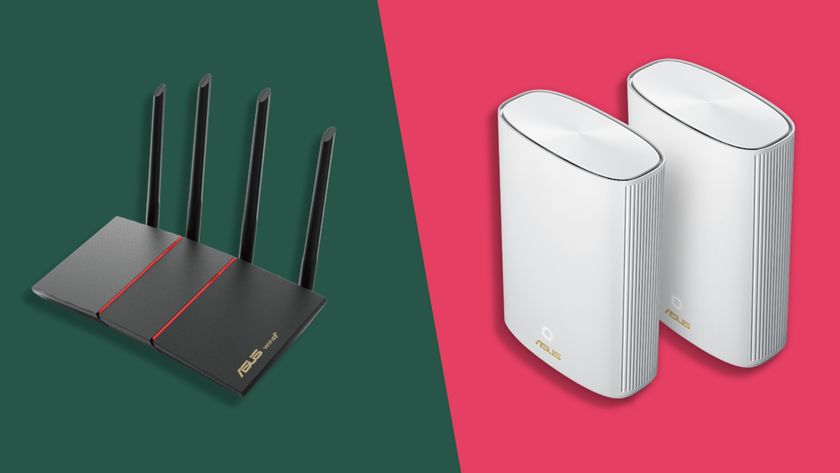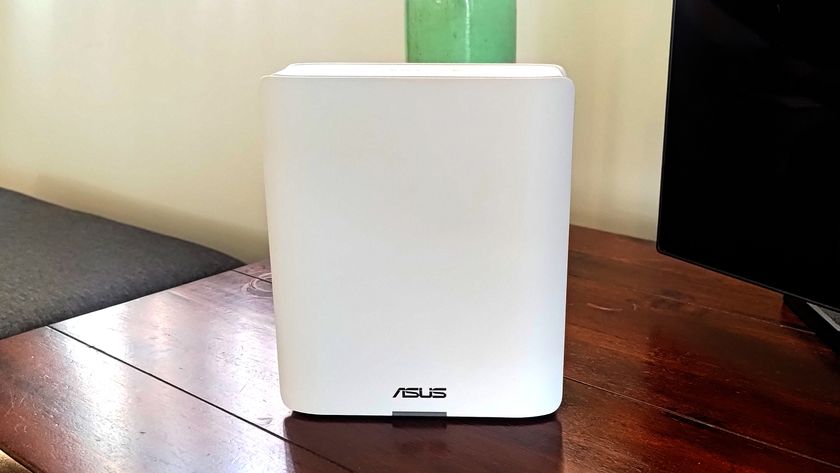The complete guide to WiMAX
How WiMAX technology works and the kit you need to use it
Costs run about the same as a home broadband connection, usually around US$30–$40 per month, depending on the length of the plan (you can also connect to XOHM by the day). Interestingly, this Sprint version of WiMAX is not really intended as a broadband replacement, because it is not fast enough for video or music streaming.
This is a departure from the original concept of WiMAX, which was supposed to run at about 10Mbps. Instead, it's intended as a way to connect from anywhere at anytime. In Baltimore, for example, you can connect on a bus or train, from your own home, at work or from a city park.
As the technology was originally intended as 'backhaul' support for other networks, one of the major perks of WiMAX, , is that it runs at a very low latency. Latency is the bane of every multiplayer gamer's existence – packets sent across the network on a Wi-Fi hotspot, for example, use a high latency as packets are sent in a more choppy, staccato fashion.
In your home, latency can occur on even a high-speed broadband connection when a lot of mobile users connect. In gaming, you can see latency in living colour as the characters on the screen move slowly and the screen freezes for a second during a heated death-match.
WiMAX addresses this problem by sending 'prioritised' packets – like a mailman who knows the best route to deliver your mail. Over XOHM, the connection just 'feels' faster because the packets arrive in a more timely fashion.
Uses for WiMAX
So how might you use WiMAX? As a more widespread version of Wi-Fi, it will allow you to connect from many gadgets – your laptop, desktop, smartphone – from anywhere. That means, you could use WiMAX from the office, then on the bus home and finally when you get home (rumours abound that WiMAX is ultra-sensitive to metal, which means it might not work very well in the car).
Get daily insight, inspiration and deals in your inbox
Sign up for breaking news, reviews, opinion, top tech deals, and more.
This persistent connection is a major advantage to mobile workers who want to keep working on a project that requires an internet connection, or who are using an internet tool such as Salesforce.com and need to maintain a constant, consistent connection. XOHM is the first truly widespread connection for city-wide deployment, offsetting the trend in recent years (in cities such as Philadelphia in the US) where mass wireless deployments have all but stalled out.
Even while the XOHM rollout from Sprint proves that WiMAX can work for the masses, it is still a hotspot replacement technology, running at only 2–4Mbps. However, if Sprint decides to expand and work with more partners and expand the network, it could achieve much faster data speeds as high as 70Mbps, depending on how many towers are installed around a city.
In the UK, where WiMAX has not been widely implemented as a consumer or commercial technology, this could be a major benefit. The US is a proving ground for WiMAX, but an implementation in the UK could run at the faster speeds initially if the providers install more towers to carry the signal.
'WiMAX promises to deliver the "wireless broadband pipe" that enables rich-media, bandwidth-intensive applications, including voice, data and video for fixed, portable and mobile users,' says Tom Gruba, a senior director at Motorola.
'It can interoperate with a vast ecosystem of WiMAX networks, applications, devices and consumer electronics to deliver pervasive coverage and a true "personal broadband" experience. It can also give service providers the opportunity to extend coverage and capabilities with a high-performing, standards-based wireless broadband access portfolio to meet the needs of residential, enterprise and government.'
John Brandon has covered gadgets and cars for the past 12 years having published over 12,000 articles and tested nearly 8,000 products. He's nothing if not prolific. Before starting his writing career, he led an Information Design practice at a large consumer electronics retailer in the US. His hobbies include deep sea exploration, complaining about the weather, and engineering a vast multiverse conspiracy.












